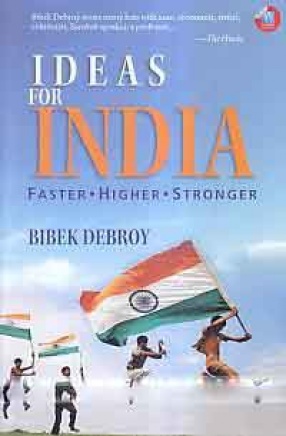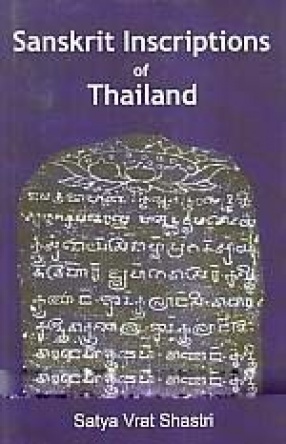The most recognized dog in Indian myth is the dog in the Mahabharata that accompanied the Pandavas–not actually a dog but Dharma in disguise. There are, however, several more references to dogs in the classical texts. Mentioned for the first time in the Rg Veda, the eponymous Sarama is the dog of the Gods and the ancestor of all dogs. In Sarama and Her Children, the evolution of the Indian attitude towards dogs is traced through the Vedas, epics, Puranas, Dharmashastras and Niti Shastras. The widespread assumption is that dogs have always been looked down upon in Hinduism and a legacy of that attitude persists even now. Tracing the Indian attitude towards dogs in a chronological fashion, beginning with the pre-Vedic Indus Valley civilization, Bibek Debroy discovers that the truth is more complicated. Dogs had a utilitarian role in pre-Vedic and Vedic times. There were herd dogs, watchdogs and hunting dogs, and dogs were used as beasts of burden. But by the time of the Mahabharata, negative associations had begun to creep in Debroy argues convincingly that the change in the status of the dog in India has to do with the progressive decline of the traditional Vedic Gods Indra, Yama and Rudra (who were associated with dogs), and the accompanying elevation of Vishnu, associated with an increase in Brahmana influence. Debroy demonstrates that outside the mainstream caste Hindu influence, as reflected in doctrines associated with Shiva and in Buddhistjataka tales, dogs did not become outcasts or outcastes. Drawing reference from high and low literature, folk tales and temple art Sarama and Her Children dispels some myths and ensures that the Indian dog also has its day.
Sarama and Her Children: The Dog in Indian Myth
by Bibek Debroy
$25.20
$28.00
In stock
Free & Quick Delivery Worldwide
All orders amounting to US$ 50 or more qualify for Free Delivery Worldwide. For orders less than US$ 50, we offer Standard Delivery at $14 per book.
ABOUT THE AUTHOR Bibek Debroy
Bibek Debroy is Director of the Rajiv Gandhi Institute for Contemporary Studies (RGICS), Rajive Gandhi Foundation, New Delhi. He is a professional economist and was educated in Presidency College (Calcutta), Delhi School of Economics and Trinity College (Chambridge). He has worked at Presidency College (Calcutta), Gokhale Institute of Politics and Economics (Pune), Indian Institute of Foreign Trade (Delhi), National Council of Applied Economic Research (Delhi) and as consultant, Department of Economic affairs, Ministry of Finance, Government of India. He was also the Director for a project known as LARGE, set up by the Ministry of Finance and UNDP to Consulting Editor with Financial Express. Bibek Debroy's special interests are international trade in particular the WTOI, law reform and the political economy of liberalization in India. He has been listed in many bibliographies and has been a member of several government committees.
reviews
0 in total
Review by Anonymous
Be the first to review “Sarama and Her Children: The Dog in Indian Myth” Cancel reply
You must be logged in to post a review.
Bibliographic information
Title
Sarama and Her Children: The Dog in Indian Myth
Author
Edition
1st ed.
Publisher
ISBN
9780143064701
Length
256p.
Subjects
more by Bibek Debroy see more
similar bookssee more
Sanskrit Inscriptions of Thailand
$65.70
$73.00








There are no reviews yet.